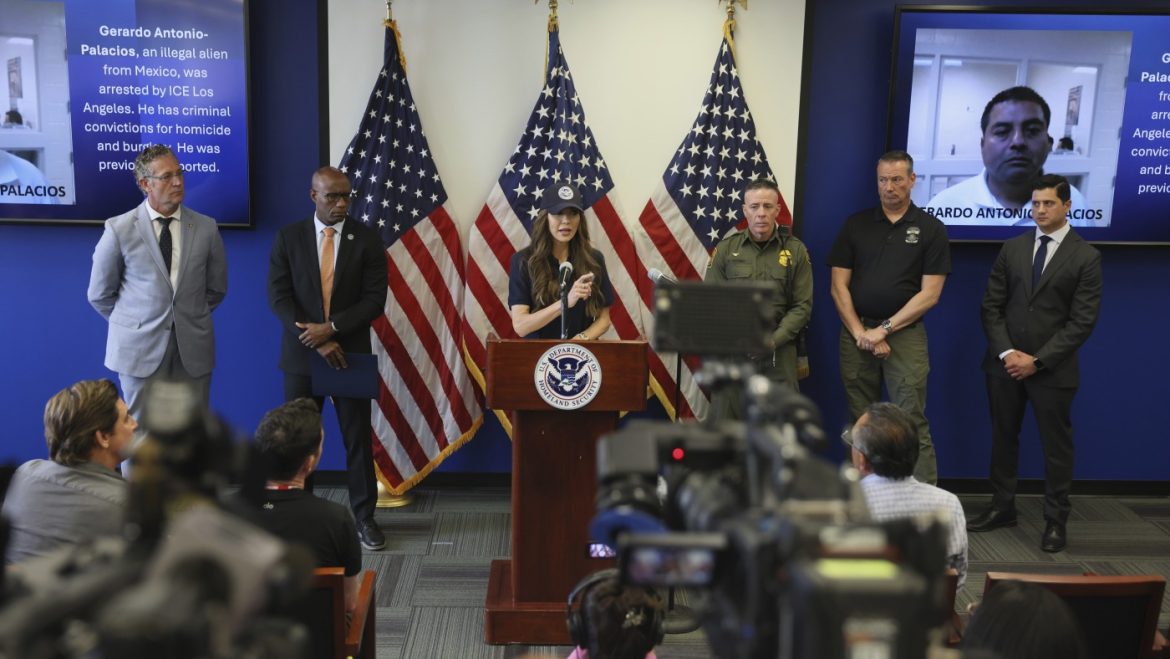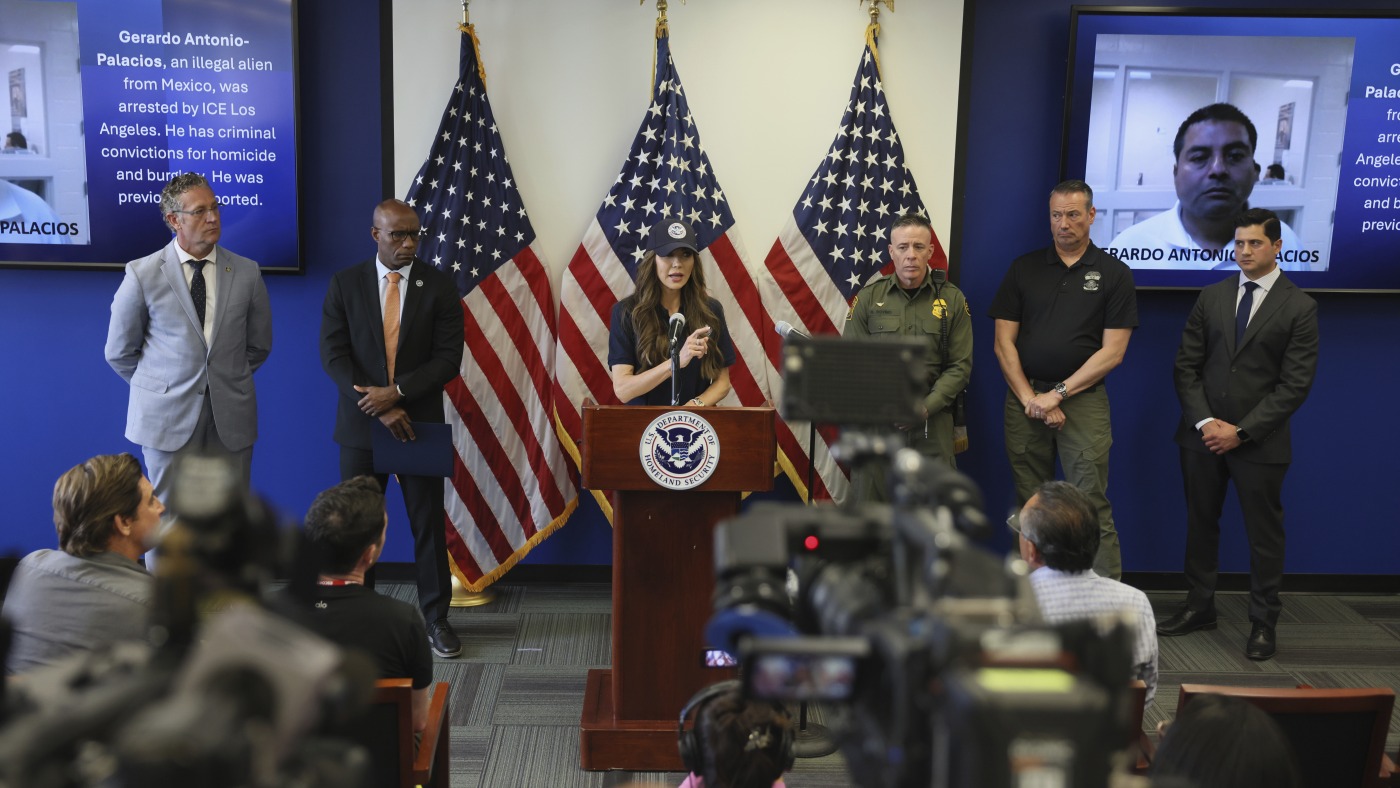Unfolding the Layers of Immigration Raid Protests: A Deep Dive into the Los Angeles Uprising
The recent wave of immigration raids across Los Angeles and other U.S. cities has ignited a fervent storm of public dissent, political conflict, and social upheaval that reverberates nationwide. This event is not merely a local protest but a complex nexus of federal enforcement policies, administrative power struggles, grassroots resistance, and evolving immigration discourse. Understanding these protests entails an exploration of the timeline, key actors, governmental responses, and sociopolitical implications that have defined the three-day upheaval and its ongoing consequences.
—
The Spark: Immigration Raids and Immediate Fallout
The catalyst for the unrest was a series of large-scale Immigration and Customs Enforcement (ICE) raids conducted in Los Angeles and other urban centers, including locations like Home Depot stores and day labor sites. These raids targeted undocumented immigrants, resulting in multiple detentions and arrests. The raids were part of a more aggressive immigration enforcement strategy announced by the Department of Homeland Security (DHS), under Secretary Kristi Noem, aligning with the Trump administration’s mandate to deport criminal aliens and unauthorized immigrants.
The raids were perceived by many in immigrant communities as a brutal and disruptive infringement on personal and community safety, precipitating spontaneous and organized protests. As reported, the raids led to widespread fear and anger, manifesting in public demonstrations that rapidly escalated in size and intensity.
—
The Protests: From Local Outcry to National Movement
Beginning in Los Angeles on a Friday and intensifying over the weekend, protests quickly multiplied, spreading to more than a dozen U.S. cities. Demonstrators included a broad coalition of immigrant rights activists, labor leaders, community members, and political figures. Spanish-language and Mexican flags featured prominently, signaling a display of cultural identity, resistance, and solidarity in the face of perceived oppression.
The protests were marked by instances of civil disobedience, curfews imposed by city authorities, clashes with law enforcement, and multiple arrests. Authorities, confronted with the swelling crowds and rising tensions, had to navigate enforcing public order while dealing with the legitimacy of the protestors’ grievances.
—
Governmental and Political Responses: A Clash of Authorities
A significant dimension of this upheaval was the political and administrative clash between federal and state/local governments. California Governor Gavin Newsom denounced the federal response as an “unlawful deployment” of National Guard troops and criticized the Trump administration’s heavy-handed approach as a “brazen abuse of power.” Moreover, California’s Attorney General joined in legal challenges against what they saw as federal overreach and militarized enforcement tactics.
President Trump responded with resolve and rhetoric supporting the deployment of U.S. Marines and National Guard units in the region, asserting the need to uphold law and order and fulfill immigration enforcement objectives. This move was depicted by critics as an “authoritarian escalation,” further inflaming tensions. DHS Secretary Noem reiterated the administration’s commitment to continuing and even expanding these operations, signaling a zero-tolerance policy toward illegal immigration despite widespread resistance.
—
Societal Impact and the Role of Law Enforcement
The deployment of federal troops and National Guard to handle protests added a militarized air to the civil unrest. Reports described chaos in the streets, with critiques aimed at federal forces for exacerbating conflict rather than calming it. Protesters frequently accused ICE and other federal agents of violence and aggressive tactics while law enforcement cited maintaining public safety as justification for their measures.
The controversy extended beyond protest sites, influencing local policymaking. For instance, Glendale in the Los Angeles area chose to terminate agreements to hold ICE detainees, reflecting growing municipal pushback against federal immigration enforcement policies. This fracturing between local jurisdictions and federal objectives highlights a broader trend of discord in U.S. immigration governance.
—
The Larger National Context: Echoes and Trajectories
The Los Angeles events are emblematic of a nationwide escalation in immigration enforcement and corresponding resistance. DHS’s request for 20,000 National Guard troops to assist in immigration roundups across multiple cities marks an unprecedented militarization of domestic immigration control.
The broader political fallout includes Democrats struggling to balance between condemning federal enforcement and managing complex public opinions on immigration reform. Nationwide protests connected to these raids have furthered the dialogue around the human and legal dimensions of immigration policies.
Meanwhile, the Department of Homeland Security’s recent cessation of the Quiet Skies Program—criticized for ineffectiveness and misuse—signals ongoing shifts in federal national security and immigration enforcement tactics. The entire scenario underscores a deeply polarized and evolving landscape, where law, politics, and community identities deeply intertwine.
—
Conclusion: A Defining Moment in America’s Immigration Story
The three days of protests over immigration raids in Los Angeles represent much more than a reaction to specific law enforcement actions. They crystallize a moment of confrontation between a federal government determined to enforce stringent immigration policies and local communities asserting their rights, dignity, and cultural identity. The deployment of military forces on American streets, the legal disputes between state and federal officials, and the extensive community mobilizations collectively form a powerful narrative about power, resistance, and the future of immigration in the United States.
As these tensions continue to unfold, the Los Angeles protests serve as both a symptom and a signal: a symptom of broader conflicts inherent in America’s immigration system, and a signal of persistent community resilience and political challenges that will shape the nation’s social fabric and policy landscape for years to come. The events compel a reckoning with the balance between enforcement and human rights, cultural diversity, and national security—a balancing act at the heart of America’s ongoing identity debate.


